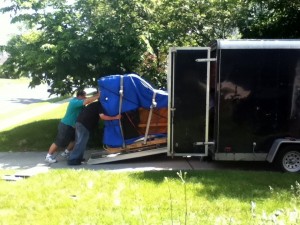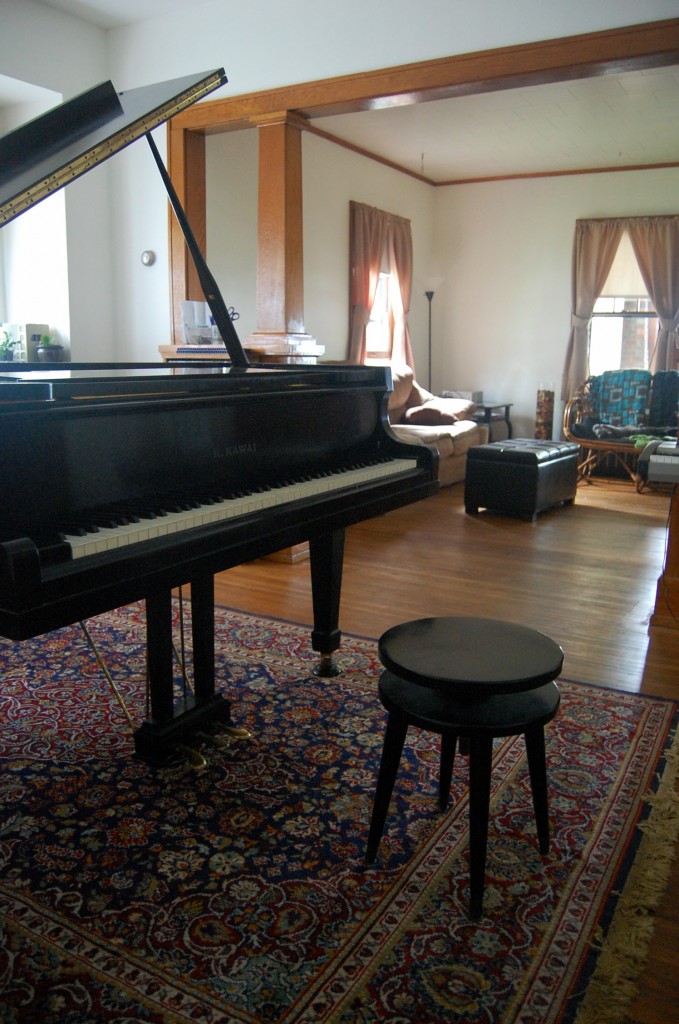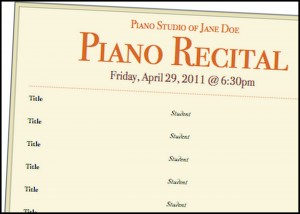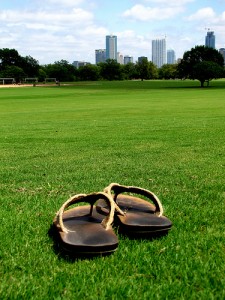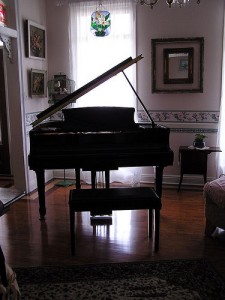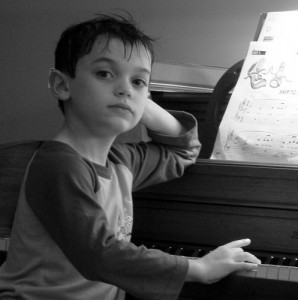 As I’m sure is currently the case with many of you, my students are working on Christmas pieces along with their usual assignments. As usual, a few of them have encountered rhythmic “simplifications” in their arrangements (Away in a Manger and Go Tell it on the Mountain come to mind). After pointing it out the difference between what they played and what is on the page, together we made the executive decision to play the rhythm as it is normally heard. We also took a moment to discover what is the actual rhythmic notation of the tune and then marked it in the score above the staff. For a more complete discussion of this issue, check out this Forum Q&A post regarding rhythmic simplification in arrangements.
As I’m sure is currently the case with many of you, my students are working on Christmas pieces along with their usual assignments. As usual, a few of them have encountered rhythmic “simplifications” in their arrangements (Away in a Manger and Go Tell it on the Mountain come to mind). After pointing it out the difference between what they played and what is on the page, together we made the executive decision to play the rhythm as it is normally heard. We also took a moment to discover what is the actual rhythmic notation of the tune and then marked it in the score above the staff. For a more complete discussion of this issue, check out this Forum Q&A post regarding rhythmic simplification in arrangements.
A few of my students in particular are really thriving on these Christmas pieces! Once again, I am reminded of the value of learning familiar tunes. I find that it gives students an extra boost in learning their pieces, since they can depend more on their ear for pitches/rhythms rather than their eyes. This means they will learn the pieces quickly and more accurately. I also find that playing familiar tunes is a huge motivator for students. They love to be able to play tunes they know!
Hurrah for Christmas music! 🙂
For a listing of free Christmas music arrangements on the internet, check out this post.
Photo Credit: woodleywonderworks | CC 2.0


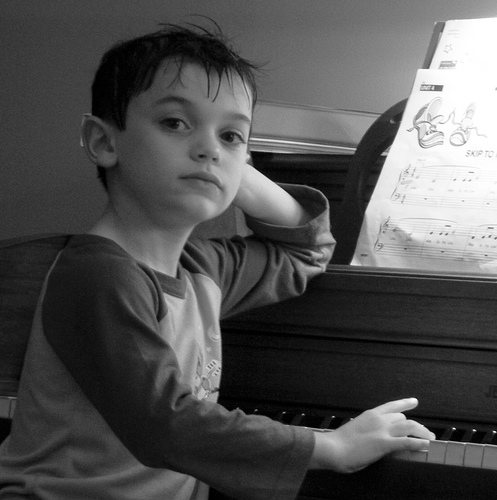
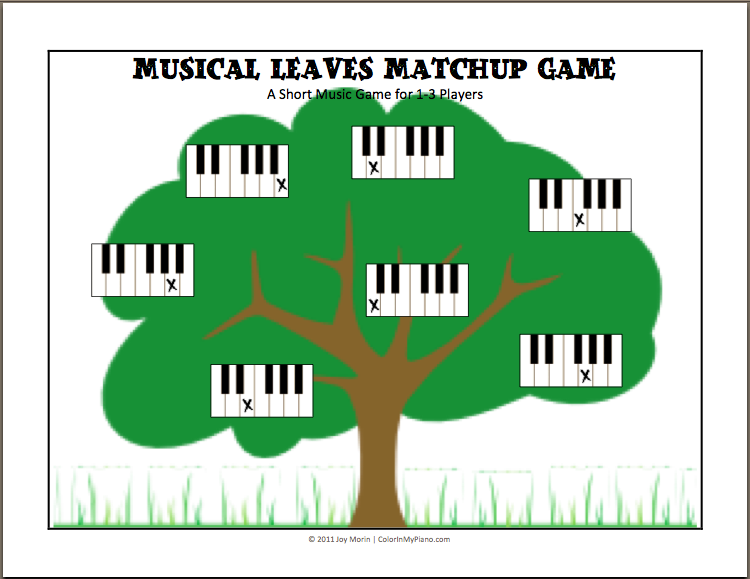
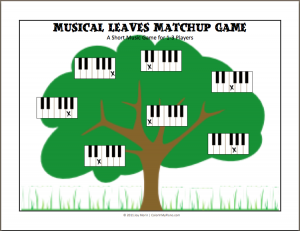



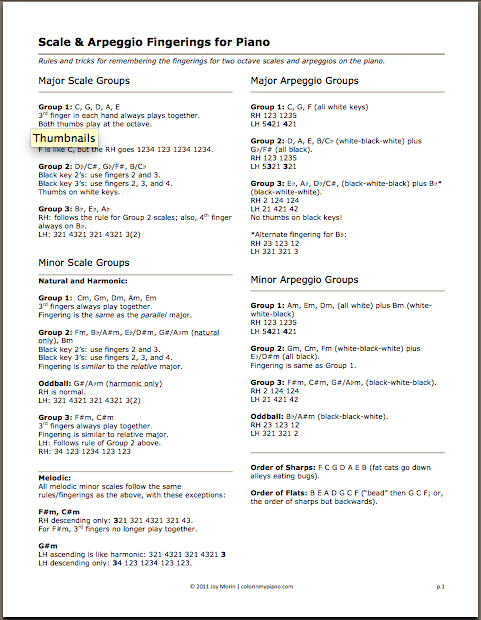
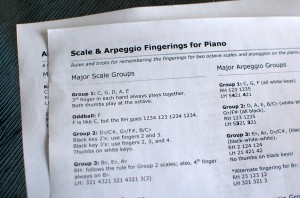 Some of you may remember the
Some of you may remember the 

